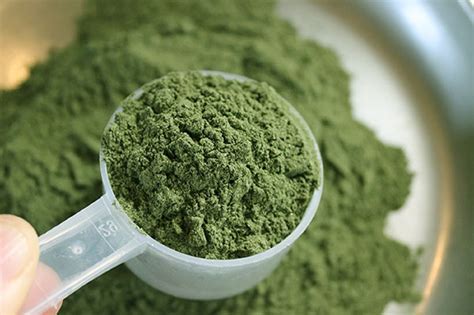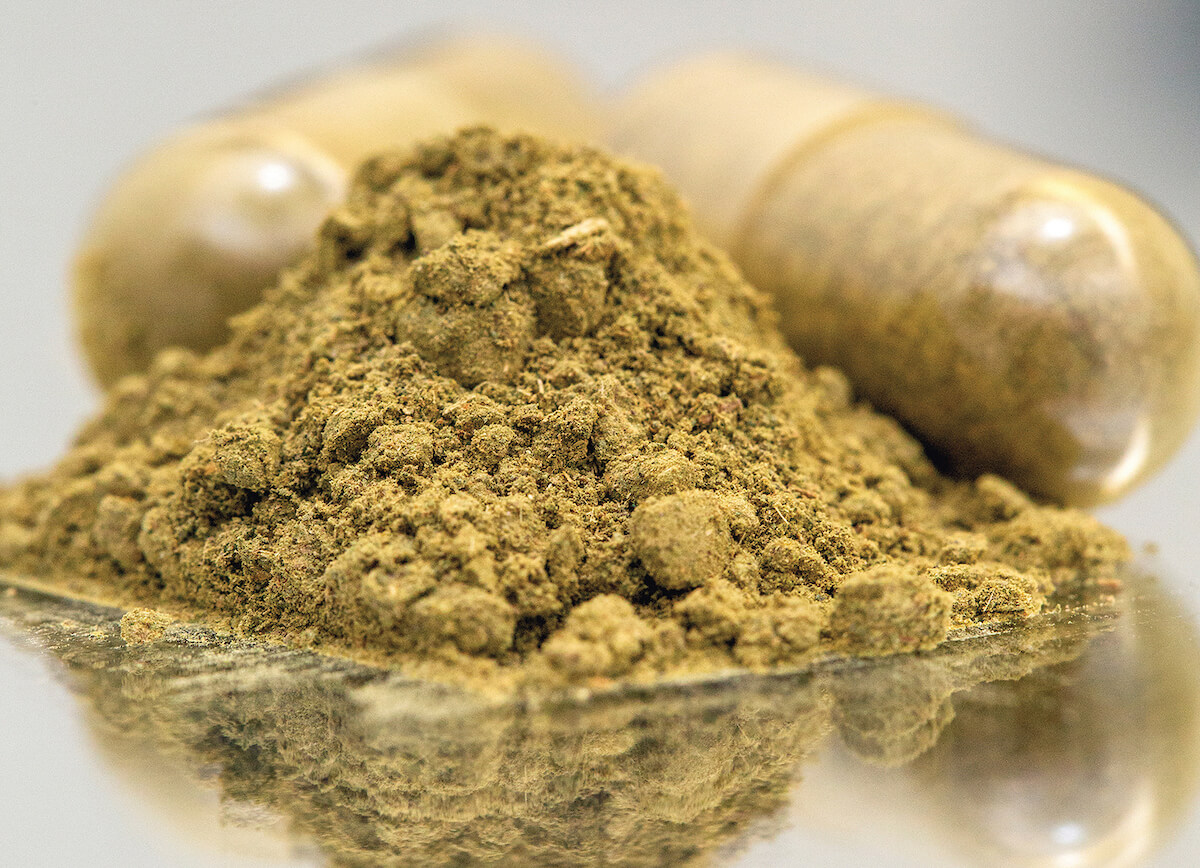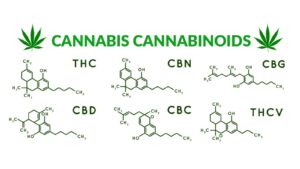Kratom, a tropical tree native to Southeast Asia, has gained significant attention in recent years due to its potential medicinal and recreational applications. While some hail it as a natural remedy for pain, anxiety, and energy enhancement, others raise concerns about its safety and potential risks. This article aims to provide a comprehensive look at Kratom Demystified, exploring Kratom effects and Kratom uses based on scientific data and user experiences.
The Origins and Composition of Kratom
Kratom (Mitragyna speciosa) is indigenous to countries such as Thailand, Indonesia, Malaysia, and Myanmar. Traditionally, local communities have used Kratom leaves for centuries as a stimulant, analgesic, and mood enhancer. The active compounds in Kratom, primarily mitragynine and 7-hydroxymitragynine, interact with opioid receptors in the brain, influencing mood, pain perception, and energy levels.
A study published in the Journal of Medicinal Chemistry found that mitragynine accounts for nearly 66% of the total alkaloid content in Kratom, while 7-hydroxymitragynine is present in much smaller quantities but is significantly more potent in its analgesic effects. These alkaloids contribute to Kratom’s dual nature—acting as a stimulant in low doses and a sedative at higher doses.
Understanding Kratom Effects
The effects of Kratom vary depending on the dosage, strain, and individual physiology. The spectrum of Kratom effects can be categorized into three primary areas: stimulant-like effects, analgesic properties, and sedative effects.
- Stimulant Effects: At low doses (1-5 grams), Kratom functions similarly to caffeine, promoting alertness, increased sociability, and enhanced physical endurance. Many users report improved focus and motivation, making it a popular choice among laborers and students. A 2018 survey in Drug and Alcohol Dependence found that 41% of users take Kratom primarily for its energy-boosting effects.
- Analgesic and Mood-Enhancing Effects: Moderate doses (5-10 grams) produce pain relief and euphoria. Kratom is often used as an alternative to opioid painkillers, particularly among individuals suffering from chronic pain conditions. A 2017 study in the Journal of Pain Research reported that 90% of surveyed Kratom users used it to alleviate pain, with 68% claiming it was effective in reducing their symptoms.
- Sedative and Relaxing Effects: Higher doses (10-15 grams) induce sedation, making Kratom a popular natural remedy for anxiety and insomnia. This effect is primarily attributed to 7-hydroxymitragynine, which acts on the brain’s opioid receptors to promote relaxation and drowsiness.
While many users experience positive Kratom effects, some may encounter adverse reactions such as nausea, dizziness, or constipation. Moreover, excessive or prolonged use may lead to dependence, underscoring the importance of responsible consumption.
Exploring Kratom Uses
Kratom uses extend beyond simple recreational or medicinal purposes. Its versatility makes it valuable in various domains, including pain management, mental health, and addiction recovery.
- Pain Management: Due to its analgesic properties, Kratom has been widely adopted as a natural alternative for chronic pain conditions such as arthritis, fibromyalgia, and migraines. Research suggests that Kratom’s pain-relieving effects are comparable to those of opioid medications, yet with a lower risk of respiratory depression—a major cause of opioid overdose deaths.
- Anxiety and Depression Relief: Many individuals turn to Kratom to manage symptoms of anxiety and depression. Kratom’s mood-enhancing alkaloids stimulate the release of serotonin and dopamine, promoting feelings of well-being. A 2020 survey in the International Journal of Drug Policy indicated that 67% of users take Kratom for mood disorders, with a majority experiencing positive results.
- Energy and Productivity Boost: Given its stimulant-like properties at low doses, Kratom is popular among those seeking enhanced focus and motivation. Some professionals and students use Kratom to combat fatigue and improve productivity, though scientific studies on its cognitive benefits remain limited.
- Opioid Withdrawal Aid: One of the most promising Kratom uses is in the realm of opioid addiction recovery. Several studies highlight Kratom’s ability to alleviate withdrawal symptoms, including nausea, muscle aches, and mood disturbances. In a 2019 report published in The American Journal of Drug and Alcohol Abuse, 64% of participants using Kratom for opioid withdrawal reported significant relief.

Scientific and Regulatory Challenges
Despite its potential benefits, Kratom remains a controversial substance. The U.S. Food and Drug Administration (FDA) and Drug Enforcement Administration (DEA) have expressed concerns over its safety, citing cases of dependency, adulteration, and lack of standardization in commercial Kratom products.
In 2016, the DEA attempted to classify Kratom as a Schedule I drug, equating it with heroin and LSD. However, public backlash and scientific arguments led to a reversal of this decision. Currently, Kratom remains legal in many U.S. states, though some have imposed restrictions or outright bans.
Scientific research on Kratom is still in its early stages. While anecdotal reports and preliminary studies highlight its benefits, more clinical trials are necessary to establish its long-term effects and safety profile. The National Institute on Drug Abuse (NIDA) is currently funding studies to better understand Kratom’s pharmacology and potential medical applications.
Safe Usage and Precautions
For those considering Kratom, responsible use is key to minimizing risks. Here are some essential guidelines:
- Start with Low Doses: Beginners should start with 1-2 grams to assess tolerance.
- Avoid Daily Use: Regular use may lead to dependency. Rotating strains and taking breaks can reduce this risk.
- Source from Reputable Vendors: Due to a lack of regulation, some Kratom products may contain contaminants. Lab-tested Kratom is the safest option.
- Monitor Side Effects: While mild side effects are common, severe reactions should be taken seriously.
- Consult a Healthcare Provider: Those with underlying health conditions or taking other medications should seek medical advice before using Kratom.
The Future of Kratom
As interest in Kratom continues to grow, so does the need for scientific inquiry and regulatory clarity. Advocates argue that Kratom should be embraced as a natural alternative to pharmaceuticals, while opponents warn of its potential for abuse. The key to Kratom Demystified lies in ongoing research, balanced perspectives, and informed decision-making.
For now, Kratom remains a complex yet promising botanical with a wide range of applications. Whether used for pain relief, mental health support, or energy enhancement, its effects depend largely on dosage, strain, and individual response. By approaching Kratom with awareness and caution, users can maximize its benefits while minimizing risks.
NanoHempTechLabs brings you premium, lab-tested Kratom products designed for energy, pain relief, and relaxation. Our high-quality formulations harness the natural benefits of Kratom to support wellness and productivity. Whether you’re looking to expand your product line or enhance customer satisfaction, our wholesale offerings provide unbeatable value and purity. Partner with us for consistent supply, competitive pricing, and industry-leading quality.
Don’t miss the opportunity to elevate your business with our top-tier Kratom products. Schedule a call today and let’s discuss how NanoHempTechLabs can meet your wholesale needs!
Reference:
- Davidson, L., Rawat, M., Stojanovski, S., & Chandrasekharan, P. (2019). Natural drugs, not so natural effects: neonatal abstinence syndrome secondary to ‘kratom’. Journal of Neonatal-Perinatal Medicine, 12(1), 109-112. https://doi.org/10.3233/npm-1863
- DeJonge, P., Gummin, D., Titelbaum, N., & Meiman, J. (2023). Description of kratom exposure events in wisconsin as reported to the wisconsin poison center — january 1, 2010–september 1, 2022.. https://doi.org/10.1101/2023.01.03.22284038
- Edinoff, A., Kaufman, S., Mahoney, T., Upshaw, W., Gong, J., Cornett, E., … & Kaye, A. (2024). Kratom: a narrative review of the possible clinical uses and dangers of this opioid-like plant. Cureus. https://doi.org/10.7759/cureus.73058





